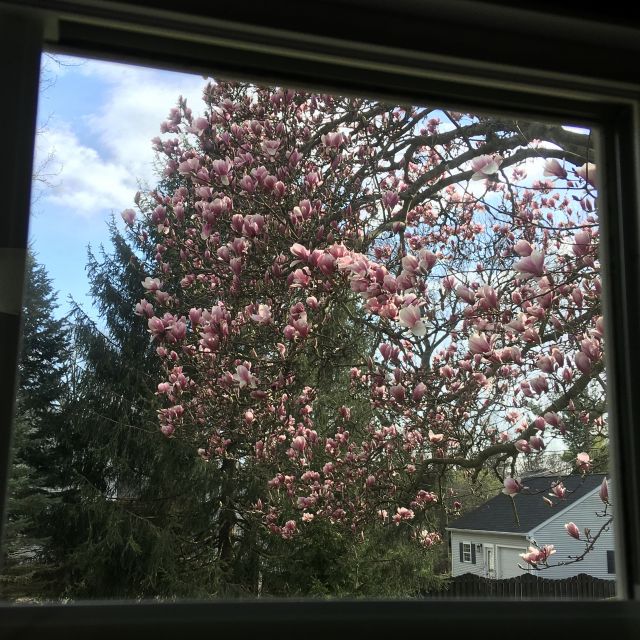SCALES #65: took me years
Hello!
Before a self-indulgent science explainer I want to lead off with Lili Loofbourow rightfully focusing on the core moral issue in a blistering piece:
“This country has now deposited its massive, collapsing weight on a small, utterly unsupported group called the “essential workers.” It includes the health care personnel I’ve shyly stalked for all these years. It includes others too: home care and assisted-living health workers who keep the elderly and infirm alive for minimal pay. Underpaid grocery store workers, some of whom are pressured by management not to wear masks or gloves because customer comfort matters more than employee death. Amazon workers are laboring under conditions that do not prioritize their safety. Farmworkers—the very immigrants federal policy has worked to keep out—are laboring in fields with little protection (let alone social distancing) so that the “nonessential” among us can eat fresh strawberries at home.”
Alongside that there's a new 6, with at least 10 different things I admire, including a timely reminder that if you’re able to donate to a nonprofit, you should, and it’s never a bad idea to give to a local foodbank.
▢ ▢ ▢
You’re reading SCALES, a newsletter by me, Adam Birdsall, who lives on the very old American frontier, works in the Rubber City, and has thought a lot about particles in the atmosphere. The title is capacious on purpose. You can unsubscribe at any time (link at bottom), forward, subscribe, or reply!
▢ ▢ ▢
Science!
Never did I imagine seeing a New York Times article dive surprisingly deep into the dynamics of aerosol particle motion, but I guess these are the times we now live in. This is probably the only piece of pandemic-related science I had to pick up the basics of in grad school, and at least as a lowly chemist I find the physics pretty interesting.
What makes the behavior of aerosol particles distinctive is the wide range of, ahem, size scales involved, to the extent that the fundamental equations governing the motion of an aerosol particle can change. When the particle is “large”, like a cloud droplet or a sand grain, you can assume it behaves like any solid object does: if you drop it, it falls; if you blow it at a target, it splats onto that surface.
At the extreme, a small particle is just a cluster of weakly held together molecules, with a diameter of only a few nanometers. At this length scale the particle-ness of the surrounding gas comes into focus. The particle behaves like one gas particle among many, albeit an oversized one, shepherded by random discrete collisions with surrounding molecules. If you blow this particle at a target, it will follow the streamlines of the gas and whizz around the target. There’s not enough inertia to keep the particle traveling in a straight line when the surrounding gas flow changes direction.
And then there’s the in-between case, where I know I would have to look up more complicated equations that represent a mixture of the two situations. ;)
One reason atmospheric chemists care about understanding these dynamics is to design equipment that captures a particular size range of aerosol particles for measurement. The question might be, how fine of a particle will deposit on a filter with a certain porosity? To measure the smallest particles, the sampling techniques can become highly elaborate, with carefully designed inlets to manipulate gas flow just so. Because there are many factors at play, figuring out how to trap particular sizes of aerosol particles can be informed by theory and simulation, but has to be confirmed by experiment.
Which brings us back to the story at hand. Porous fabrics with large holes between the fibers? Easier for small particles to whizz around. (But still better than nothing!) High-quality quilting fabric? Plausibly better, though it’s hard to assess science by press release. (Please let me know if there's a pre-print paper out there!) But even before more testing has been done, here’s what I think is one undeniable fact, via a document linked to in the press release: “No mask is as good as staying home, socially distancing, and using good hand hygiene.”
▢ ▢ ▢
“…and I don’t know how they slipped away from me.”
▢ ▢ ▢
Yard news
What felt like a dozen different weather systems whipping through in the past 72 hours might mean peak flowering tree has passed.

Monday.

Thursday.

Friday.
▢ ▢ ▢
Happy holidays to those who are celebrating. Stay safe and take care,
—Adam